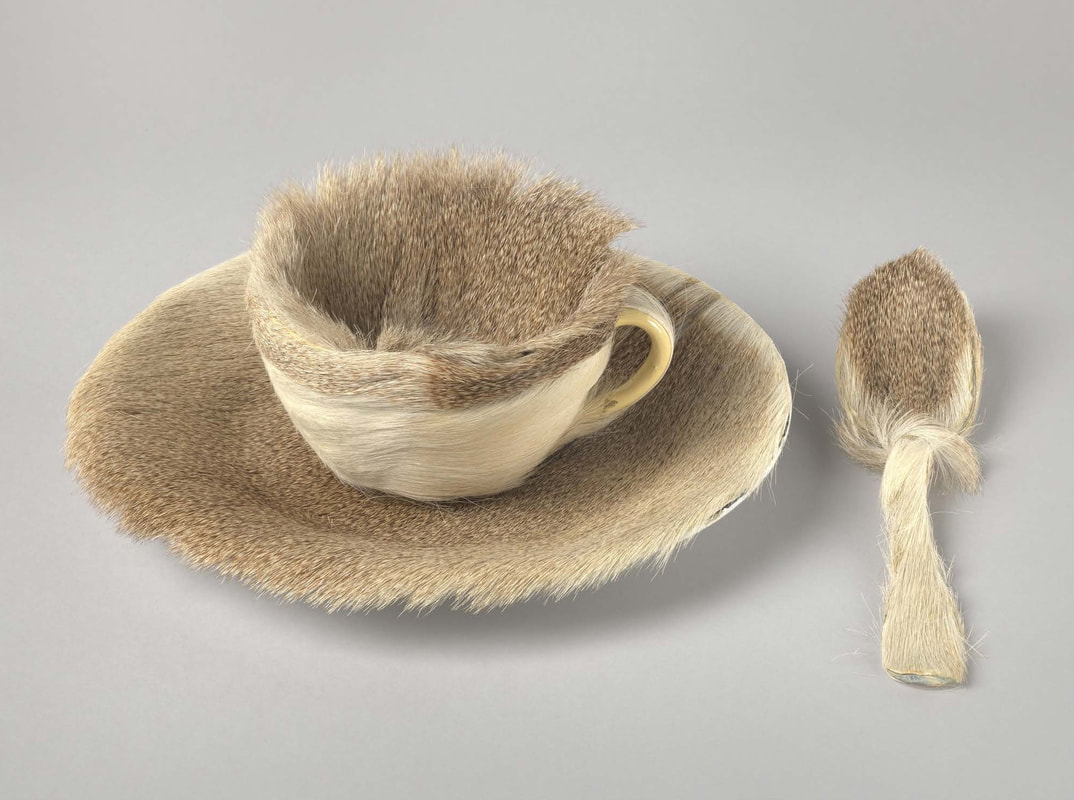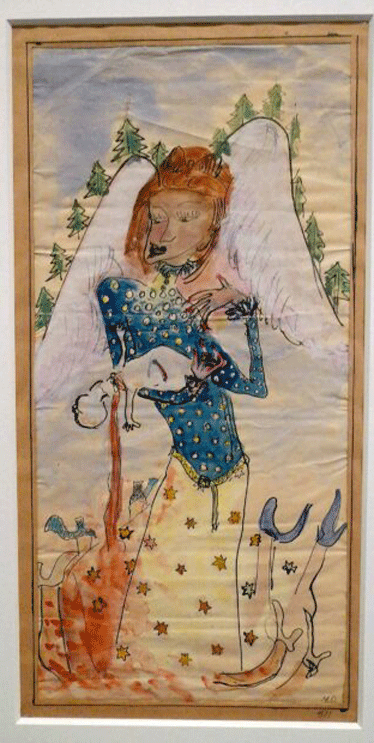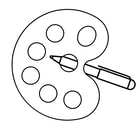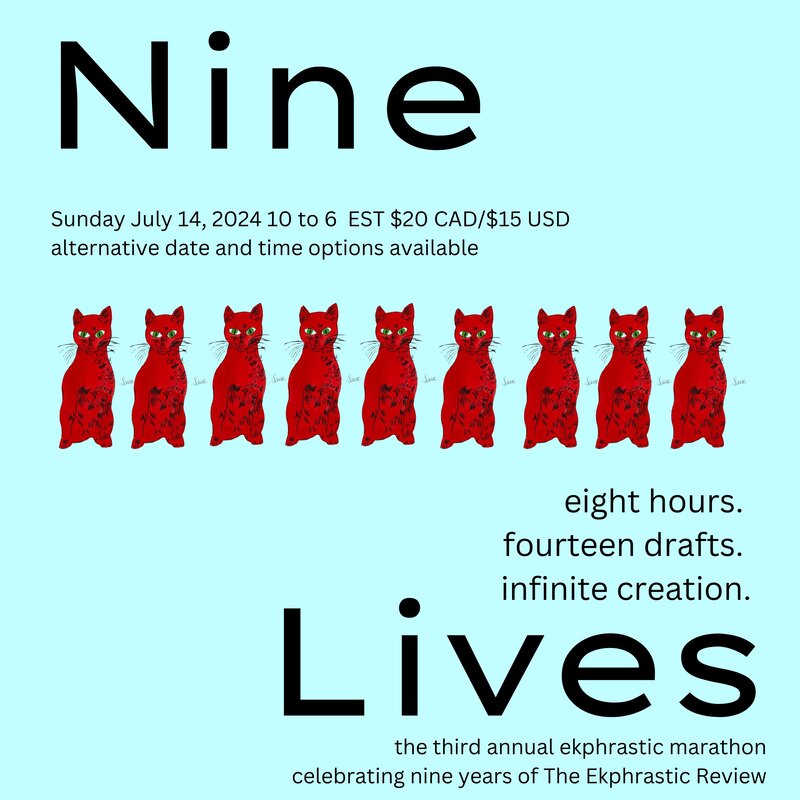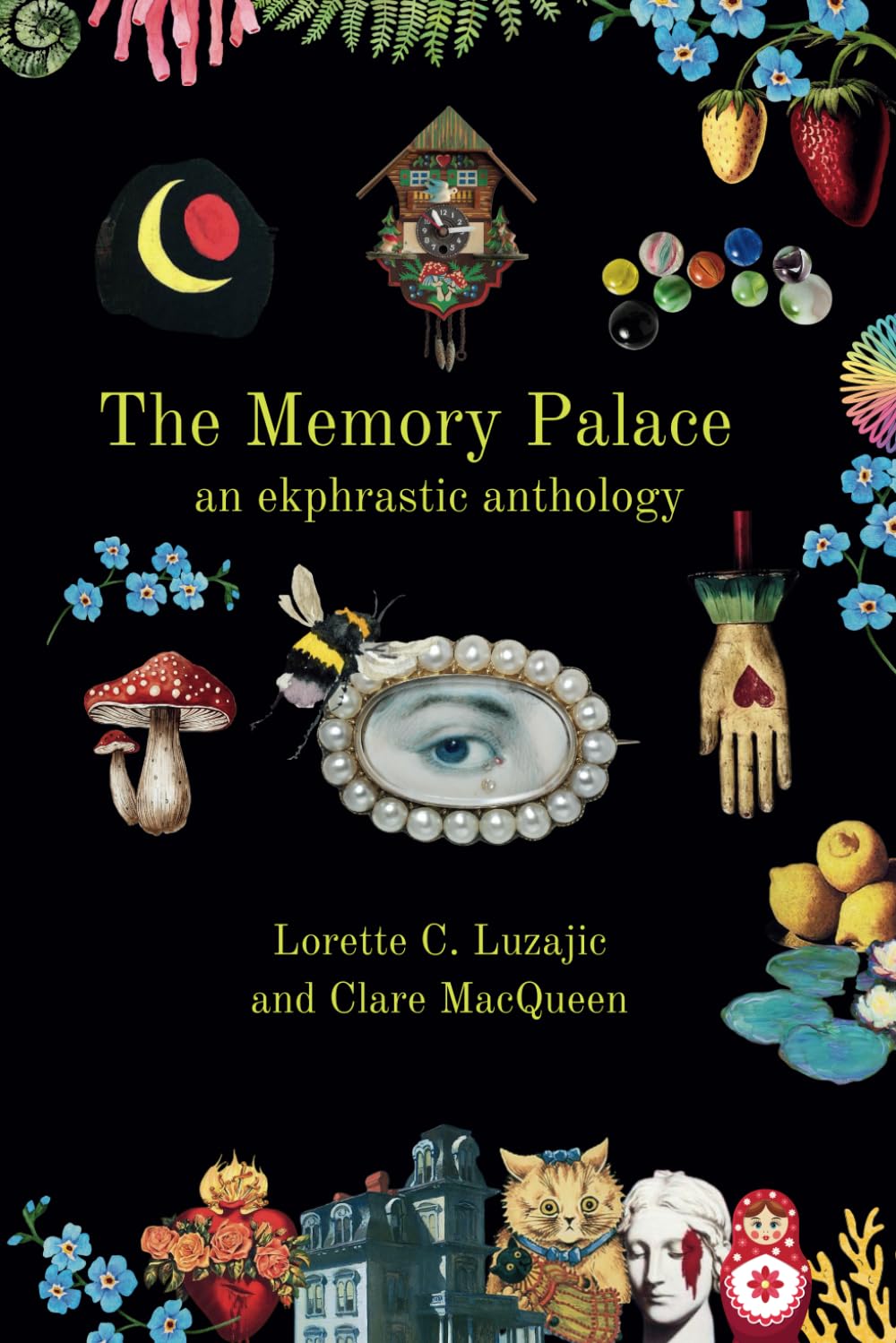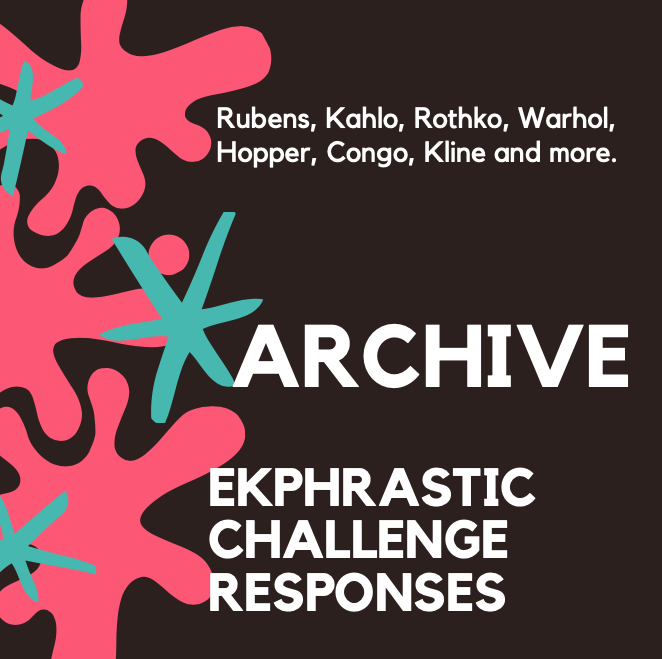|
Two, from Meret Oppenheim Objet It’s one thing to kill an animal in the wild for its meat, a warm covering, and other essentials; another to scissor an ocelot’s pelt into small pieces and adhere them to a gold bracelet. Twenty-three-year-old Meret Oppenheim did just this, all in the name of fun and high fashion. In 1936, she sat with Picasso and his new lover Dora in a small French coffeehouse called the Café de Flore. While taking tea, they admired the unusual bracelet on her wrist. Meret’s tea began to cool. She signaled to a waiter, asking him for "un peu plus de fourrure" to warm up her cup. Picasso casually suggested that she might surround anything with fur. Meret laughed, “Even this plate and this cup here!” A teacup, saucer, and spoon lined with the fur of a Chinese gazelle. No doubt, the easiest to cover was the saucer. A flat surface, the fur trimmed to overlap the edges by half an inch. The exterior might have been next, wrapped with a single strip of white, perhaps from the animal’s belly, combed in one direction to train the nap. Lining the cavity would require some scissoring to avoid bunching or overlap. The spoon too must have been a particular challenge, especially its narrow stem. Then the ear with its tight curve, where we can’t help but notice some balding—the bright yellow china blaring through. “Beauty will be convulsive or will not be at all,” said Andre Breton, author of the Surrealist Manifesto. He was smitten and arranged Meret’s very first showing in Paris at the Charles Ratton Gallery. The cup then found its way to New York where it was an overnight sensation. This single artwork took Oppenheim from a meager living designing jewelry to the titular First Lady of MOMA and showings around the world. Positioned on a small white platform in a glass case, Objet is often the most popular exhibit in the museum. As visitors approach, their reactions to the cup are quick to emerge, especially at the recognition of what rests in the bowl of the spoon. It’s not honey or cream or sugar, but hair. One observer feels like choking, supposing a whisker is stuck to the roof of her mouth. Another imagines swallowing ticks or lice or particles of skin and quietly slumps to the floor. A third jokingly asks the guard could he lift the cover; all she wants to do is fondle it. There are winces and abrupt turnabouts and guffaws and shouts of delight. Oh, the daring, the horror, the brilliance, the oppositional defiance! But hold on, early artistic achievements can be problematic. Although she had created many other works of art—sculpture, costume, paintings, collage, even theater, many people assumed all she did was fur. And when the buyers at MOMA approached her with an offer to buy the cup, she haltingly asked for a thousand francs. It was their very first acquisition of an artwork by a woman. They gave her fifty dollars. Even back then, fifty dollars didn’t last very long. For financial and emotional relief Meret was forced to move back to Basel and work in art conservation. She no longer fit in with the traditional, introverted, and rule-bound Swiss and was miserable. Follow the gazelle running along a hot savannah in Africa, recall the gunshot and the pelt wrenched from its body—its discarded corpse smoking in a pile with three or four other lifeless gazelles. Follow the long life of the Objet Meret once referred to as “my prison.” Success did not sit well. She told several people the cup was meant as jest, a curiosity, certainly not the iconic emblem of an artistic movement. She felt pressured to create an equally stunning second act and, overwhelmed, withdrew from her circle of Surrealist friends. She sank into a two-decade depression, and couldn’t finish, or destroyed the work she created. On her 36th birthday, she described a dream in which a skeleton held up an hourglass, its contents falling fast. My life is half over, she thought. The vision proved amazingly prophetic, as she died in 1985 at the age of 72.
Votive Picture (Strangling Angel) Meret was obsessed with shoes. In photographs of her brown leather boots, the tops gape like open mouths. Her laces slump pathetically around her ankles. In another snapshot, she nestled shoes—her own white high heels—upside-down on a silver platter. They are trussed up with string and paper frills like a roasted turkey. She called the image Ma gouvernante, or My Nurse. In this painting, she introduces an angel wearing wings, or are they not wings but a set of snow-covered mountains, tiny pine trees perched atop them? We will never know. If she is an angel, she’s a very bad angel indeed, holding a naked baby, its head drooping, its throat cut. A pink gush of blood falls to the earth, staining her white skirt, and defacing its pattern of gold stars. They appear to be drifting away, and no wonder. She is a terrible angel, a horrific mother. Perhaps she has slit the throat herself with her long fingers and incredibly sharp nails. Her blouse is covered with navy blue moons, and they too suffer a splash or three of pink. She’s kneeling on the ground which is littered with the corpses of other women wearing high heels, one pair of blue, and one of pink, the latter stained with blood. What have they done to deserve this? Her body is grotesquely angular, especially the shoulder, chin, and lips. This is not a mouth to kiss, or be kissed by, not a shoulder to cry upon, neither a crook of the elbow to cradle a baby. Alas, on closer inspection, there are indeed feathers, sketched rather randomly on the wings. Should God have granted her this honour, these dusty white appendages. What gall to imply the Bad Mother was some sort of heavenly host, blithely sacrificing the child in a selfish attempt to gain fame and forgiveness? Sarah Gorham Sarah Gorham’s forthcoming essay collection is Funeral Playlist from Etruscan Press. She is the author of Alpine Apprentice, shortlisted for the PEN/Diamonstein Award, and Study in Perfect, selected by Bernard Cooper for the AWP Award (both University of Georgia Press books.) Other books include Bad Daughter, The Cure, The Tension Zone, and Don’t Go Back to Sleep. Grants and fellowships include the National Endowment for the Arts, three state arts councils, and the Kentucky Foundation for Women. Media coverage included Salon, NPR, Utne Reader, Slate, and Real Simple. She co-founded Sarabande Books, inaugural winner of the AWP Small Press Publisher Award.
0 Comments
Your comment will be posted after it is approved.
Leave a Reply. |
The Ekphrastic Review
COOKIES/PRIVACY
This site uses cookies to deliver your best navigation experience this time and next. Continuing here means you consent to cookies. Thank you. Join us on Facebook:
July 2024
|
